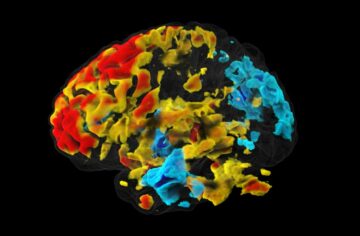McKenzie Prillaman in Nature:
 It was hailed as a potentially transformative technique for measuring brain activity in animals: direct imaging of neuronal activity (DIANA), held the promise of mapping neuronal activity so fast that neurons could be tracked as they fired. But nearly two years on from the 2022 Science paper1, no one outside the original research group and their collaborators have been able to reproduce the results. Now, two teams have published a record of their replication attempts — and failures. The studies, published on 27 March in Science Advances2,3, suggest that the original results were due to experimental error or data cherry-picking, not neuronal activity after all.
It was hailed as a potentially transformative technique for measuring brain activity in animals: direct imaging of neuronal activity (DIANA), held the promise of mapping neuronal activity so fast that neurons could be tracked as they fired. But nearly two years on from the 2022 Science paper1, no one outside the original research group and their collaborators have been able to reproduce the results. Now, two teams have published a record of their replication attempts — and failures. The studies, published on 27 March in Science Advances2,3, suggest that the original results were due to experimental error or data cherry-picking, not neuronal activity after all.
…It’s clear that the signals DIANA detects are “not necessarily related to neural signal”, says Shella Keilholz, an MRI physicist and neuroscientist at Emory University in Atlanta, Georgia. Although, she says, it’s possible that brain activity contributed to the detected signals. Neuroscientists will continue to explore the cause of the conflicting results. And that could have an upside, says Noam Shemesh, an MRI researcher at the Champalimaud Foundation in Lisbon. The original paper and attempts to replicate or rebut it could lead researchers towards developing and finessing more-direct ways to measure neural activity, he says.
More here.
